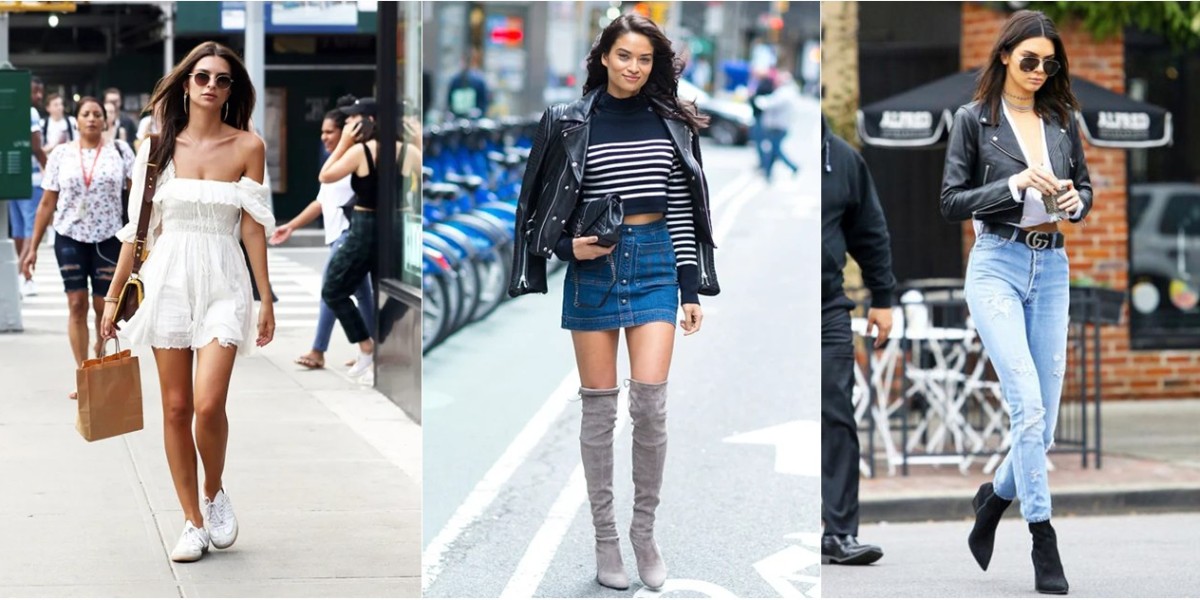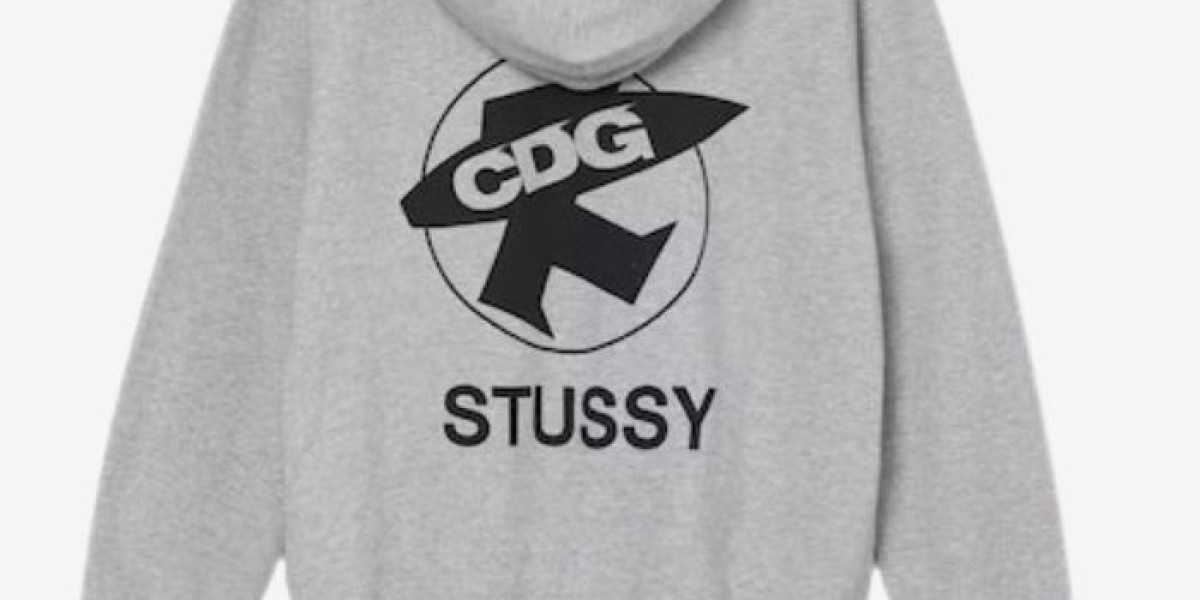In an age where fashion often leans more into spectacle than substance, Denim Tears has emerged as a defiant exception. Founded by Tremaine Emory in 2019, Denim Tears is not just a clothing brand—it is a cultural movement, a bold reclamation of history, and a form of wearable protest. With each stitch, each Denim Tears cotton wreath, and each piece of distressed denim, Emory crafts a narrative that is as provocative as it is powerful. To understand Denim Tears is to confront the past and engage with the present, all while wearing the future.
The Origins of a Vision
Tremaine Emory is no newcomer to the fashion world. Before launching Denim Tears, he was already a respected figure, having worked with brands like Supreme, Off-White, Stüssy, and Kanye West’s Yeezy. But it was his close collaborations with artists and thinkers—most notably Virgil Abloh and Frank Ocean—that laid the groundwork for a brand that would transcend commercialism.
Denim Tears began as a personal project, born out of frustration and introspection. Emory wanted to tell the story of the African diaspora, particularly the legacy of slavery and how it intertwines with the American identity. Rather than simply talking about it, he chose denim—the quintessential American fabric—to narrate that history. The symbolism was intentional. Denim is the material of the working class, of cowboys and rebels, and perhaps most importantly, of slaves who toiled in cotton fields. Emory flipped that narrative, using the same cotton and denim to empower, educate, and liberate.
Cotton as a Statement
One of the brand’s most iconic motifs is the cotton wreath, which appears emblazoned on denim jackets, jeans, and sweatshirts. This imagery is not random. Cotton is more than a crop; it is a symbol of exploitation, labor, and resistance. The cotton wreath in Denim Tears’ collections serves as a tribute to the enslaved Africans whose forced labor powered the American economy for centuries. But it is also a declaration of endurance—a reclaiming of what was stolen and turned against them.
What makes Denim Tears stand apart is how it transforms that painful legacy into something generative. By using cotton and denim as tools for storytelling, Emory builds garments that carry meaning. These aren’t just clothes. They are artifacts, conversation starters, and reminders of a history that too often gets sanitized or forgotten.
Collaboration as Cultural Commentary
Since its inception, Denim Tears has collaborated with influential brands such as Levi’s, Converse, Dior, and UGG. Each collaboration is carefully curated to expand the brand’s message without diluting it. The 2020 Levi’s collection, for instance, was a milestone. It featured jeans and jackets covered in the cotton wreath motif and marked the 400-year anniversary of the first enslaved Africans arriving in America. It was not merely a clothing drop; it was a commemoration—a fashion capsule with the weight of history stitched into every seam.
Through such partnerships, Denim Tears reaches a broader audience while refusing to compromise its ethos. These collaborations are not about capitalizing on trendiness but about aligning with platforms that can amplify the movement’s message. Emory ensures that the narrative remains central. The garments become vessels, carrying stories into boardrooms, classrooms, and street corners alike.
Fashion as Protest and Healing
The Denim Tears movement operates at the intersection of fashion, protest, and healing. Emory’s pieces don’t scream; they speak. They speak of sorrow, resilience, pride, and cultural memory. In doing so, they challenge the notion that fashion must be either political or wearable—it can, and should, be both.
In a time when activism is increasingly visual, Denim Tears offers an alternative form of protest. Wearing one of Emory’s designs is a statement: it signals solidarity, awareness, and a commitment to remembering what America often tries to forget. For Emory, clothing is not an escape but a confrontation. It is through texture, textile, and tailoring that the past becomes impossible to ignore.
Yet Denim Tears is not only about trauma. It is also about joy, celebration, and the artistry of Black culture. Emory makes space for beauty alongside grief, for creativity alongside resistance. The clothes are designed with love and reverence—for ancestors, for storytellers, for everyday people whose lives have been shaped by forces beyond their control.
A Movement Rooted in Education
Emory has repeatedly emphasized that Denim Tears is as much about education as it is about aesthetics. Each release is accompanied by essays, references, and curated reading lists. He uses social media as a platform for dialogue, challenging his followers to engage with history more critically. The brand becomes an archive, a syllabus, and a classroom.
In doing so, Emory challenges the transactional nature of fashion. He is not merely selling a product; he is offering a lesson. Buying a Denim Tears piece is not just a retail experience—it’s a commitment to understanding, to learning, and to growing. The garments act as texts in their own right, meant to be read and reread, worn and reworn, discussed and debated.
Global Reach, Local Roots
While rooted in African American history, Denim Tears resonates globally. The themes of colonization, migration, identity, and resistance find echoes across continents. From London to Lagos, Tokyo to Johannesburg, people are connecting with the brand not because it is trendy, but because it is truthful. That truth—raw, complex, and uncomfortable—is what gives Denim Tears its power.
Despite the global reach, Emory remains deeply Denim Tears Hoodie connected to his roots. Much of the brand’s work is grounded in the Black experience in America. Whether referencing civil rights photography, Southern folklore, or hip-hop culture, Emory ensures that Denim Tears stays tethered to the community that birthed it. That authenticity is what draws people in and keeps them coming back—not just for the garments, but for the story behind them.
The Future Sewn Ahead
Denim Tears is more than a moment; it is a movement with longevity. As the fashion industry reckons with its own complicity in cultural appropriation, labor exploitation, and historical erasure, Denim Tears offers a model for what responsible, intentional fashion can look like. It reminds us that clothes are never neutral—they carry the weight of the hands that made them, the histories they echo, and the futures they might shape.
Tremaine Emory is not merely a designer. He is a cultural historian, an artist, and a revolutionary. Through Denim Tears, he is sewing together a tapestry of memory, justice, and hope. In every frayed hem and faded print, there lies a story—a story that is still being written.
And so, the revolution is sewn, one thread at a time.







